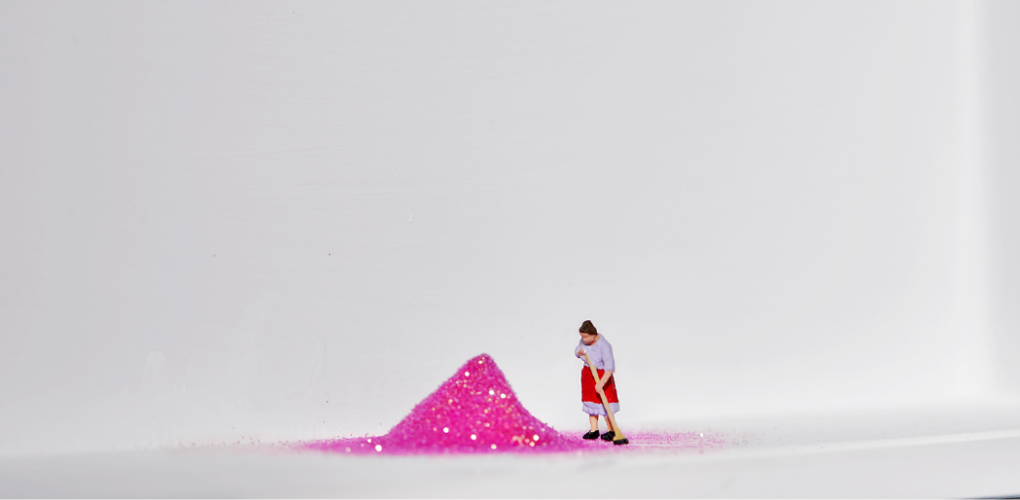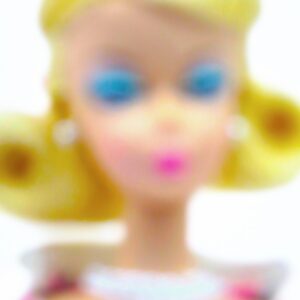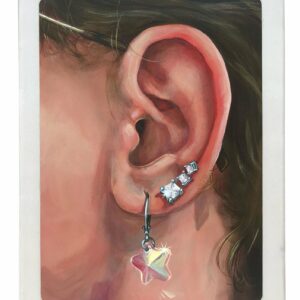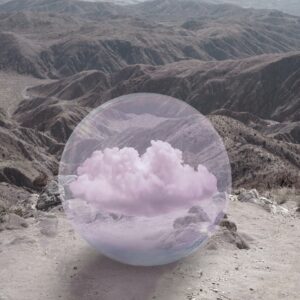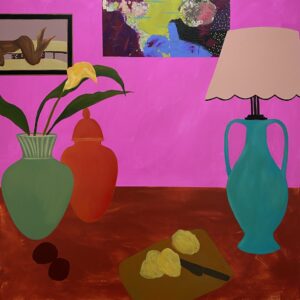The Other Art Fair
Think ‘Inside’ the Box
The Other Art Fair loves to jump on a pop culture trend as much as the next person. And what’s currently taking up most real estate in all online and offline content? Greta Gerwig’s Barbie.
Barbie is everywhere! Barbie hogs the headlines. Barbie grins back at us from the side of buses. Barbie has inspired fashion choices and makeup tutorials over TikTok. Indeed, Barbie has infiltrated countless conversations, encouraging us to wistfully reminisce about and reconnect with our childhood. And now, Barbie is even influencing the ways in which we view, deliberate and buy art.
Take, for example, British artist Lisa Swerling’s Glass Cathedrals – an ongoing series of dinky dreamlands spattered in glitter and encased in glass. With a lightness of touch and dry wit that is not too dissimilar from Gerwig’s discussion of Barbie, Swerling’s Glass Cathedrals remind us that, just because something is sparkly, dainty and pink, it doesn’t mean it shouldn’t be taken seriously or valued as “high art”! But Barbie could tell you that…Or, consider indigenous (Ojibwe) artist Nonamey’s interactive installations, which they describe as an “attempt to push the boundaries of cardboard as a serious sculptural medium.” Much like the obvious artificiality of Barbie’s dreamhouse with its stick on gadgets, produce and accessories, Nonamey’s sculpted cardboard is hand-painted to appear two-dimensional within a three-dimensional environment.
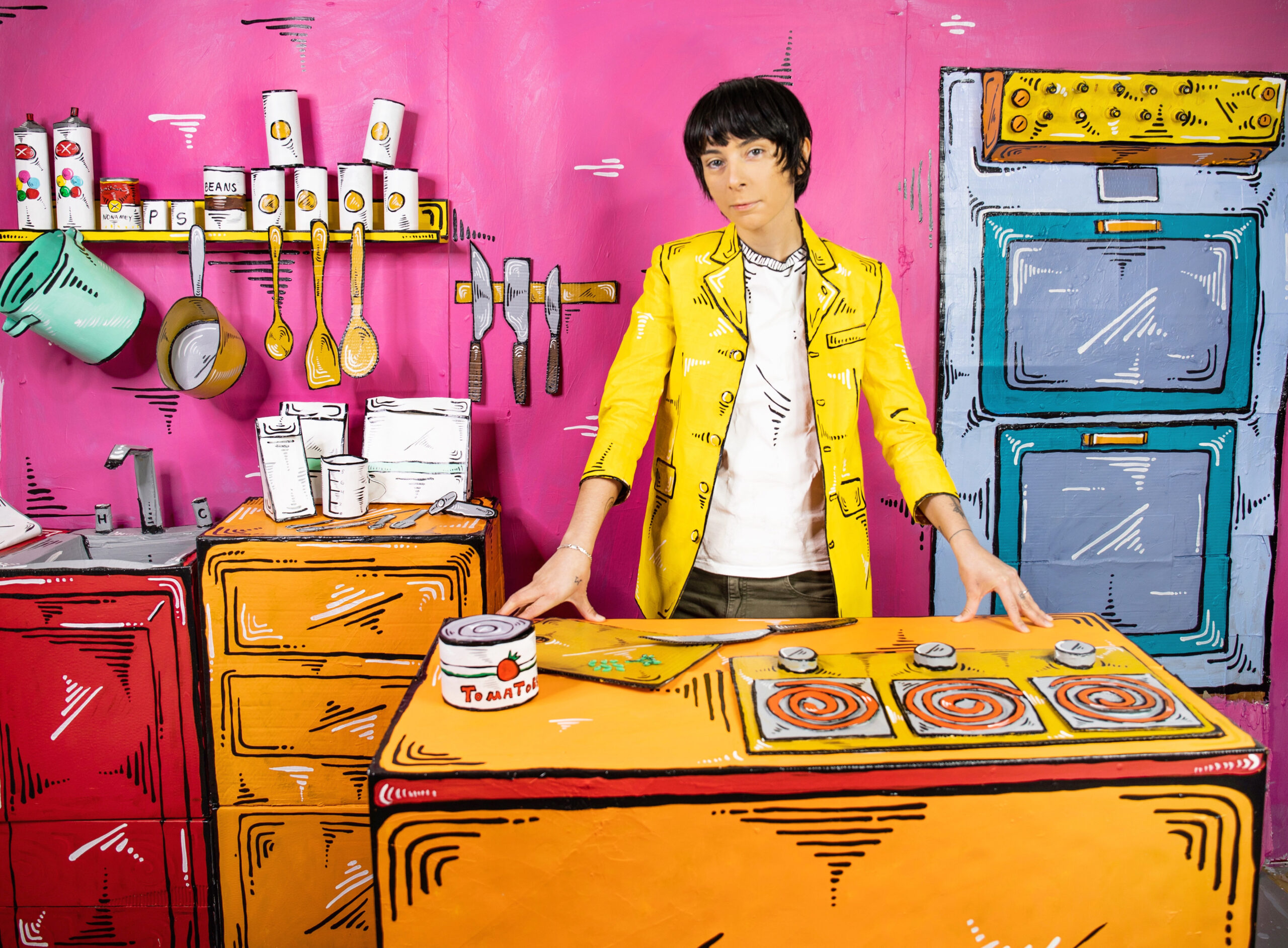
In a recent interview about the making of Barbie for Architectural Digest, Gerwig explains “I want everyone to feel like they can reach onto the screen and touch everything. I can remember standing in Toys R US looking at Barbie, with a plastic sheet over her, and wanting so badly to take it off and take everything apart.” Gerwig’s quote resonates with the fidgety, childlike awe felt when looking at Swerling’s Glass Cathedrals. In Swerling’s miniature worlds, where everything appears so animated, vibrant and beautiful, it is impossible not to want to dive through the glass, explore their valleys of intricate detail and become a part of the sparkling spectacle.
In Swerling’s words, “You’re standing outside the boxes, but the tiny interiors are so compelling that you want not just to reach in and touch them, you want to go live and play there! I think this speaks to a very deep part of us, that as adults we don’t often get to access. The part that played imaginary games and created imaginary worlds that took you away from this one, and gave you a sense of agency and freedom.”
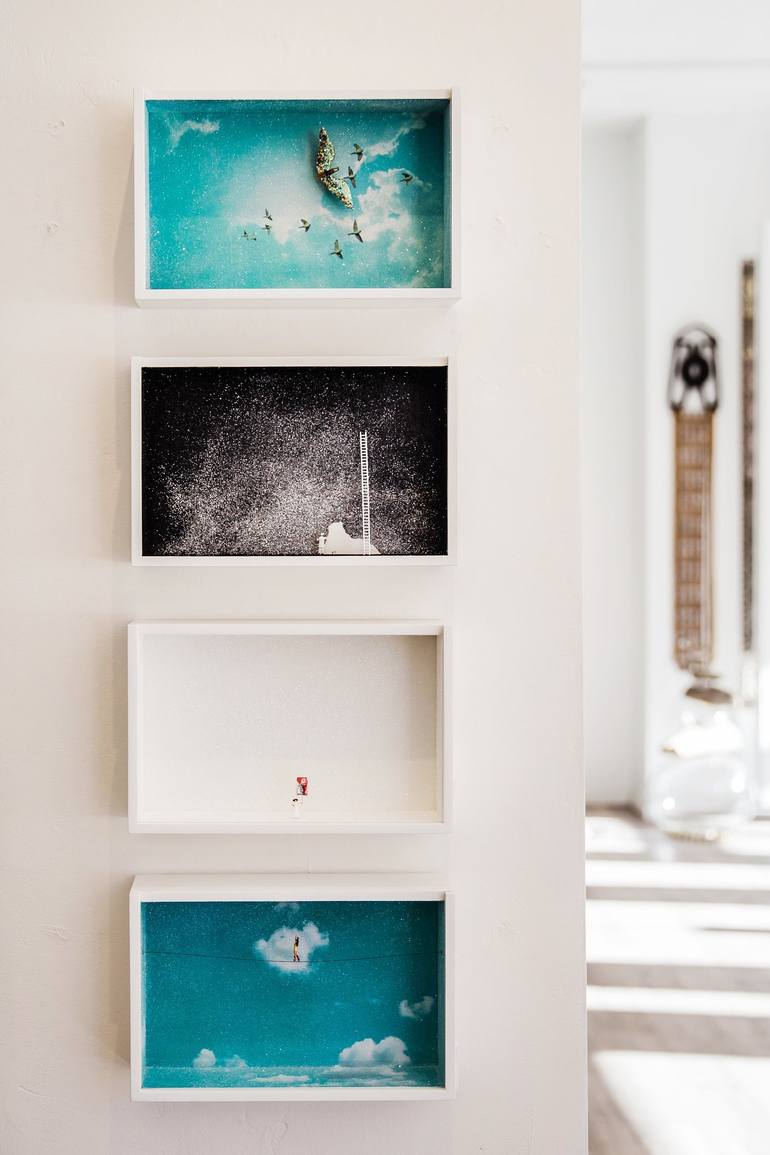
But not all of Swerling’s dollhouse-like Glass Cathedrals are simply fantastical. Swerling states that Glass Cathedrals handle “our lived experiences of vulnerability, uncertainty, love, hope, ambition, yearning.” Her decision to use shiny materials and bright colors, then, simultaneously juxtaposes and celebrates the more tenuous subjects she also captures. Indeed, Swerling has a knack for glamourising seemingly menial tasks, as demonstrated in the sweet satisfaction of the figure sweeping pink glitter in This Woman’s Work, 2010. She notes that “finding delight in the everyday [or, in Barbie terminology, the “real word”] is a superpower we can all turn on in the blink of an eye, and Glass Cathedrals reminds us of that.” Additionally, Glass Cathedrals could even be considered as a historical device, or, an artistic method for preserving profound and impactful moments of our time. For example, the first Women’s March, as memorialised in This is what humanity looks like, 2017.
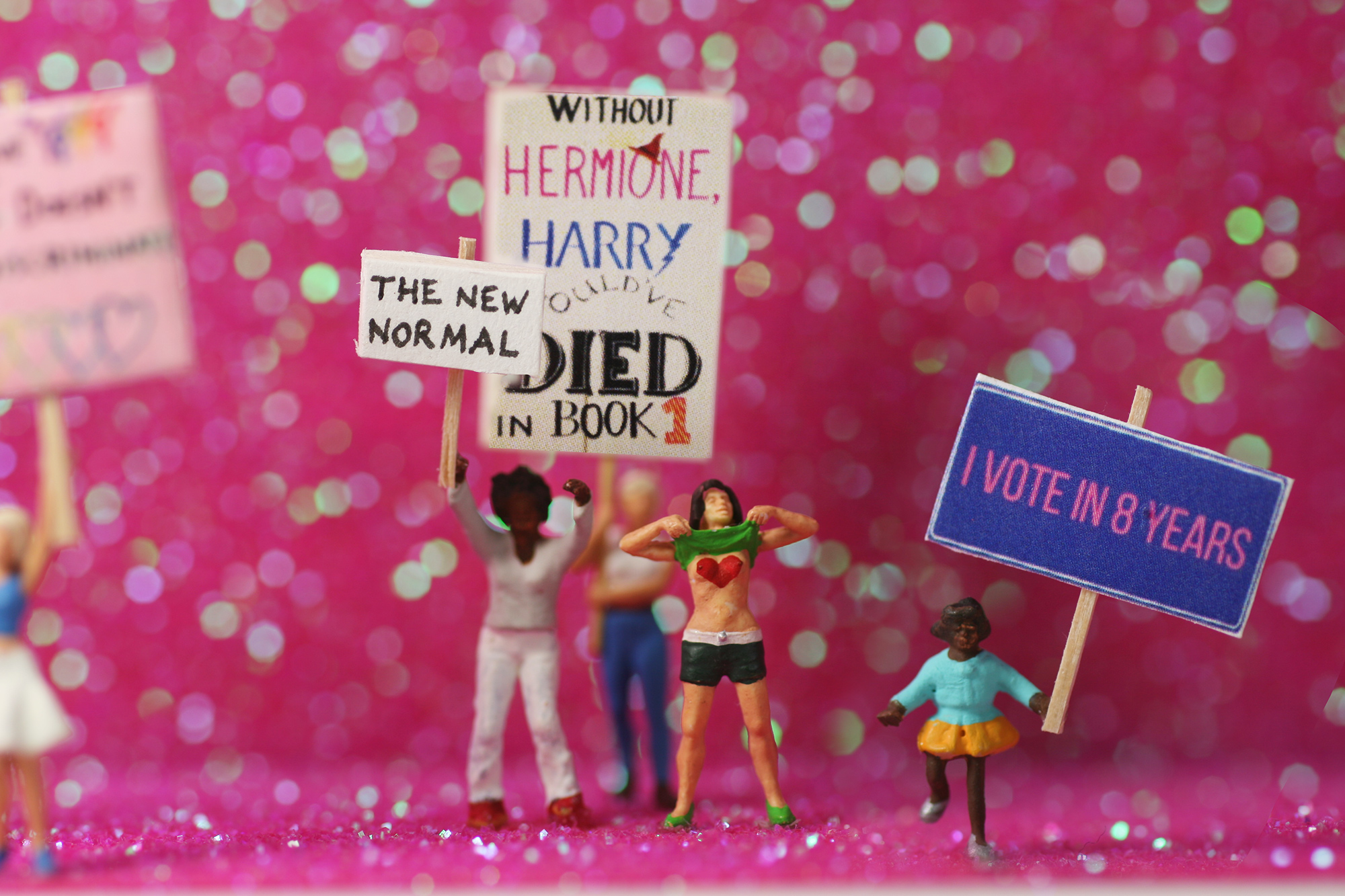
Having art replicate, challenge and reimagine the sociopolitical implications of today, or, put more simply, the status-quo, is nothing new for artist, Nonamey. Over the last decade, Nonamey has explored what they describe as “themes surrounding society’s definitions of gender expression” and, alike Swerling, “the beauty of the everyday object.” However, rather than having their audience view their art at a distance and in miniature portions from the outside of a glass box, you are invited to participate directly in Nonamey’s world building. Through maximalist, immersive installations, Nonamey has you jump inside the box and become a character within their always-already vivacious, fabricated environments. Ironically, these environments happen to be made out of recycled cardboard, as well as acrylic and painted thrifted clothing. But that’s not only how their practice converses with both Swerling and Barbie.
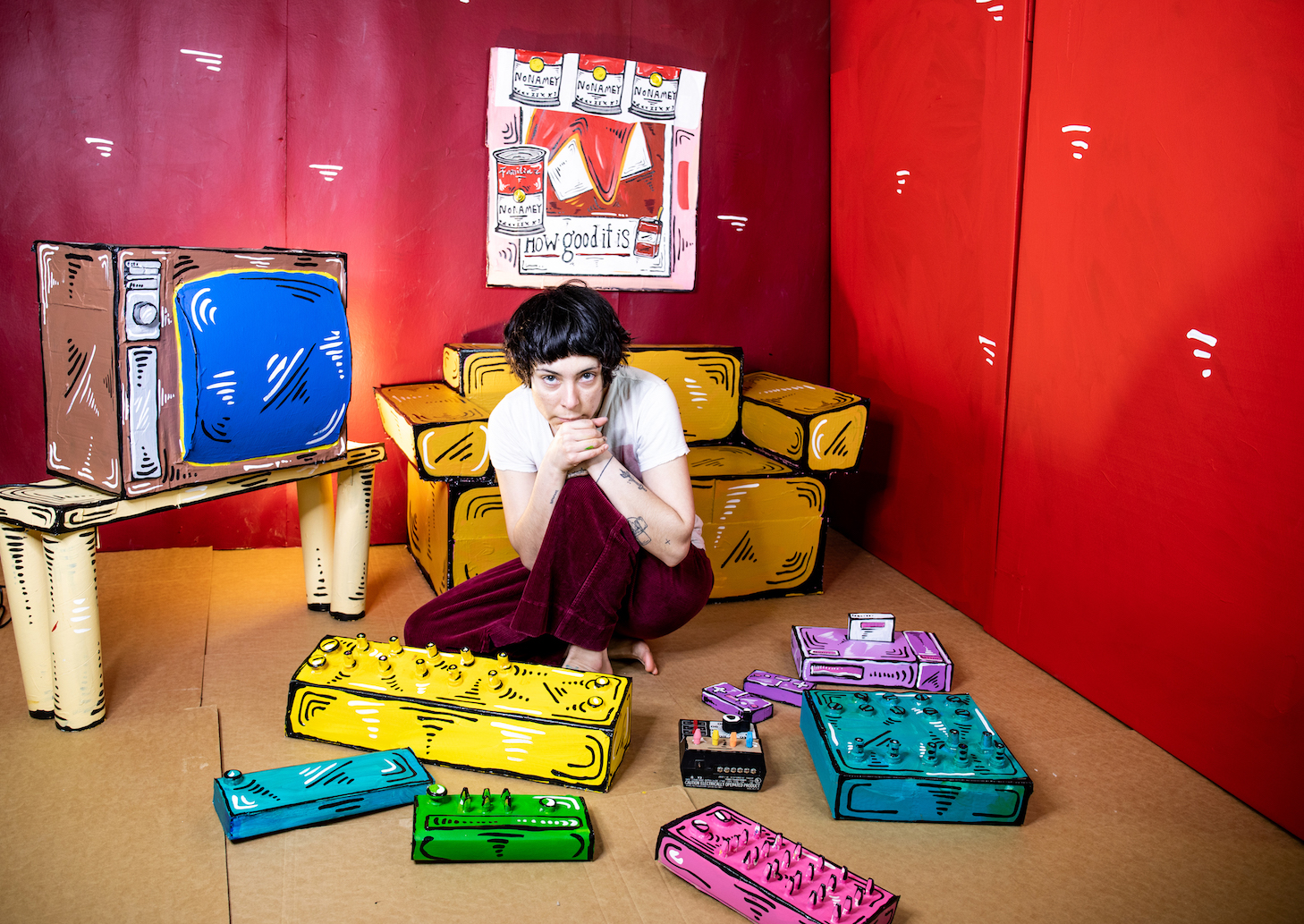
Do you remember the pleasing click made when switching out Barbie’s hair for another style? Well, it could be argued that, through encouraging identity transformation through tactility, props and continuously playing dress up, Barbie is a camp icon. And don’t get us started on Ken… Similar themes of identity fluidity and gender constructs are essential to Nonamey and their creations, particularly as a proud trans, two-spirit individual. In fact, Nonamey’s most recent installation, Backstage at the Drag Show, which premiered at the Spring edition of The Other Art Fair Brooklyn 2023, had visitors similarly handle wigs, hanging dresses, shelves of shoes and purses with multiple accessories, adorning two dressing tables for a Drag King and a Drag Queen. They described the installation as “a direct commentary on the anti-drag and anti-LGBTQIA2S+ legislation sweeping the nation” they continue, “I wanted to present the joy of Drag, from clothing to private moments one may take before taking the stage.” And joyous it was!
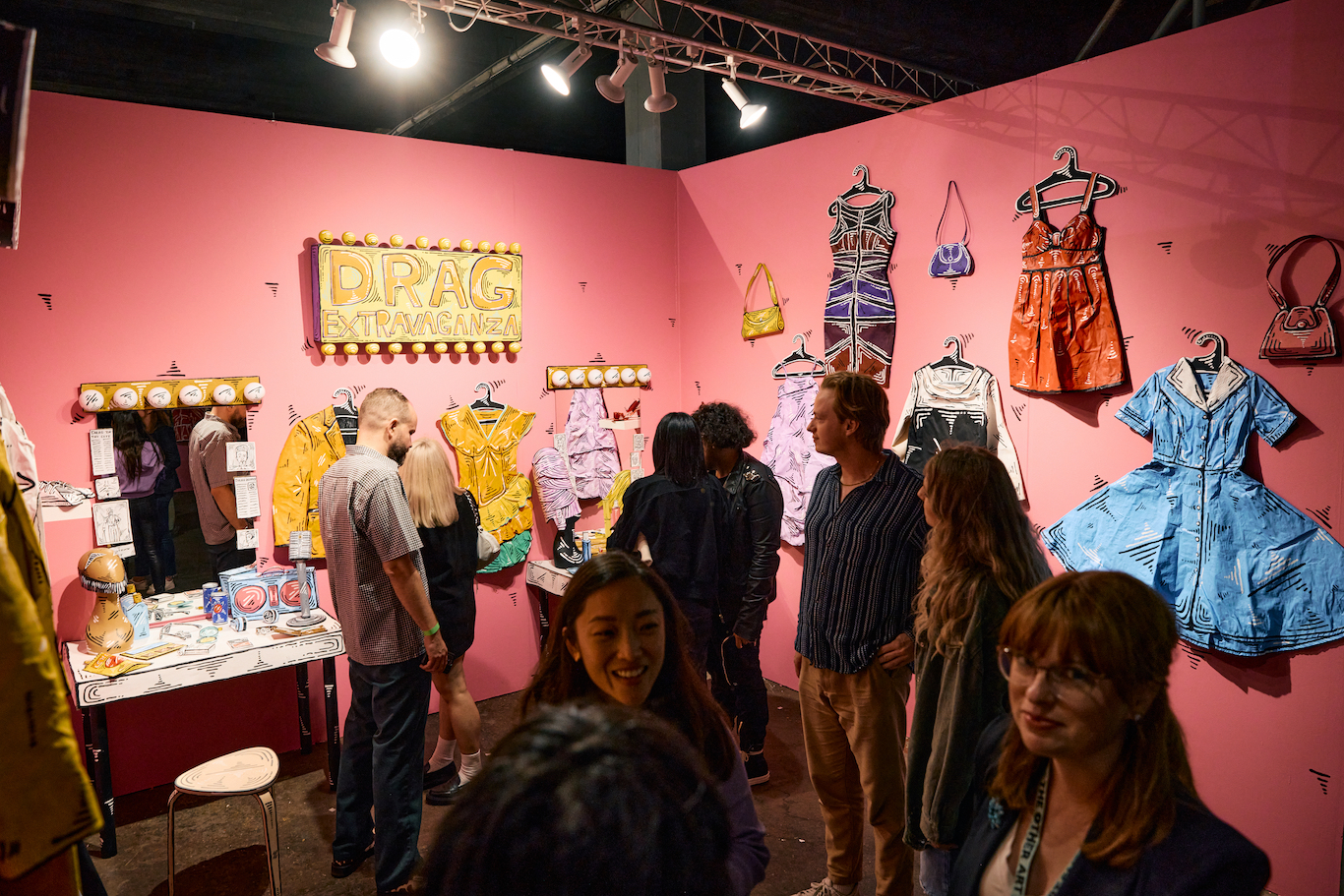
Words by Bella Thorpe-Woods
